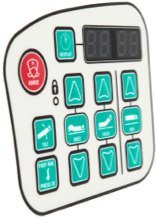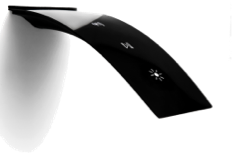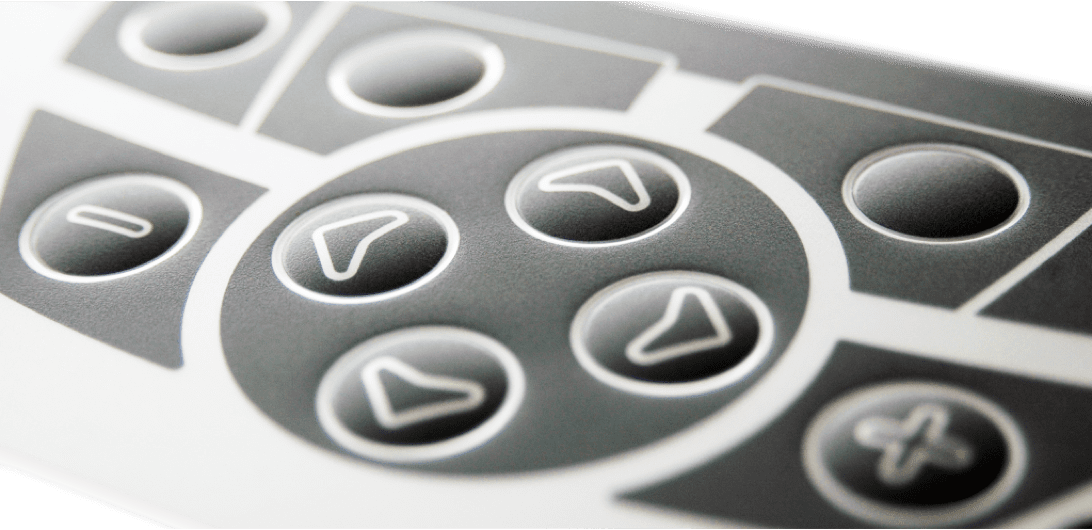MEMBRANE SWITCHES
Silicone Rubber Membrane Switch
With over three decades of expertise in Human Machine Interfaces, we have dedicated ourselves to mastering a variety of membrane switch technologies, notably silicone rubber keypads, which are often chosen for high-volume applications. By leveraging our extensive expertise in silicone rubber technology, we have developed reliable and versatile products that are widely utilized across various industries today. Whether you’re seeking basic functionality or complex, innovative designs, we ensure every solution meets the highest standards of quality and performance.


